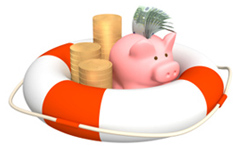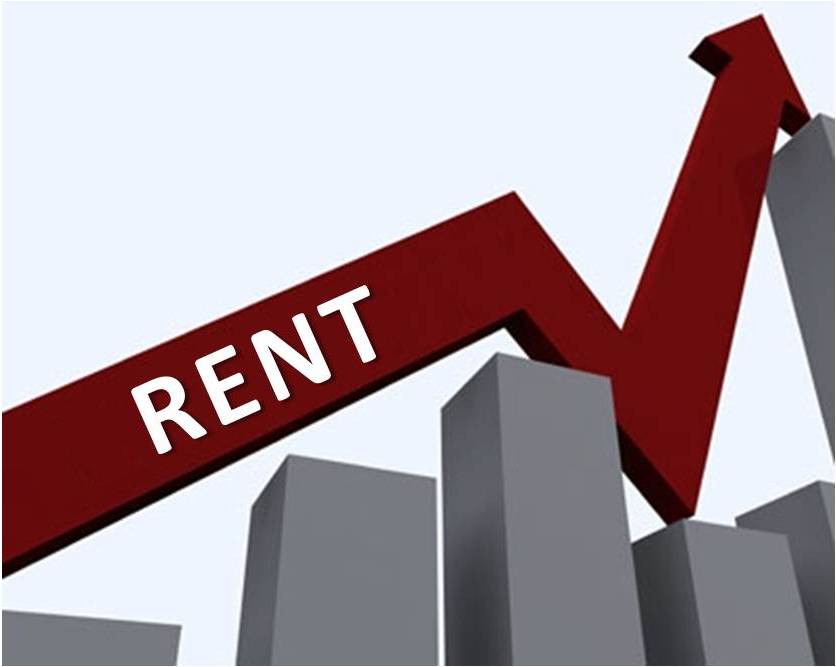What Is Overdraft, Why Can It Help?
We may not realize this but banks are profiting greatly from the service charges we incur, and overdraft protection may just be another one of those things separating us from our money. With this said, overdraft can be incredibly useful: it can be used to make-up for financial shortcomings, which ultimate leads to NSF (non-sufficient funds) charges, and can save you the embarrassment of being declined a transaction. However, just like credit, overdraft isn’t necessarily saving you unless you have the money to pay it back quickly.
For those on-top of their bills and who’ve kept track of all of their written cheques, overdraft acts as a safety-net and is hardly ever used. But it’s those who opt for overdraft and think of it as an extension of their savings that get into trouble. Even though overdraft allows you to complete transactions without proper funding, this does not mean that you will not have to pay for it later. It is in this dilemma, where you either pay for overdraft protection or for the NSF charges, where you have to ask yourself: is overdraft the feasible alternative?
Overdraft Expenses
In 2010, revisions to legislation were made in the United States, making it difficult for banks to offer overdraft protection to customers. From 2008, when U.S overdraft revenues were at $35.4-billion, this legislature successfully reduced the revenue to a little more than $31-billion. As of 2012, however, this figure crept-up and according to Moebs Services, an Illinois-based company, the U.S overdraft revenue now sits at $32-billion. Additionally, Moebs predicts that these numbers will continue to climb until reaching an all-time high in 2016.
After 2010, banks found ways around the legislation, which is accountable for the revenue growth seen today. Instead of automatically enrolling customers in the overdraft protection plan, banks now persuade customers to opt-in. Though it is still voluntary, the rhetoric banks use render most of us incapable of saying no. And why wouldn’t you say yes if they’ve made a case for why overdraft is life-saving. In Canada, we are protected by the negative billing obligation, which prevents overdraft from being added without consent, but this has not stopped the majority of people from signing up.
On April 1st, the Canadian Imperial Bank of Commerce introduced an overdraft hike, as many other banks have begun to think about. It is interesting to note that Toronto Dominion bank reported a $1.8-billion revenue from service charges in 2012. Generally speaking, most financial institutions now offer two choices:
- A low (typically $4) monthly fee to avoid multiple charges of overdraft each month.
- A $5 penalization every time you’re bank hits insufficient funding to pay for an item.
The monthly cost is a much better idea for those writing too many cheques to keep track of. Regardless, both instances are still subject to interest fees between 19 and 21% annually, bank depending. Since some overdrafts may go as high as $5,000, this is an incredible amount of money lost. It’s not that overdraft is a bad idea — in fact, it’s a great tool for the responsible spender — it’s that it costs a lot of money to use. Because of the high interests rates, alternatives such as pay day loans or other lines-of-credit may be a better options to consider.
Think about how you currently manage your money and see if there are some things that you can adjust to prevent from ever having to use overdraft.
 Torontonian Online Running in the fast lane! Real estate and more…
Torontonian Online Running in the fast lane! Real estate and more…




